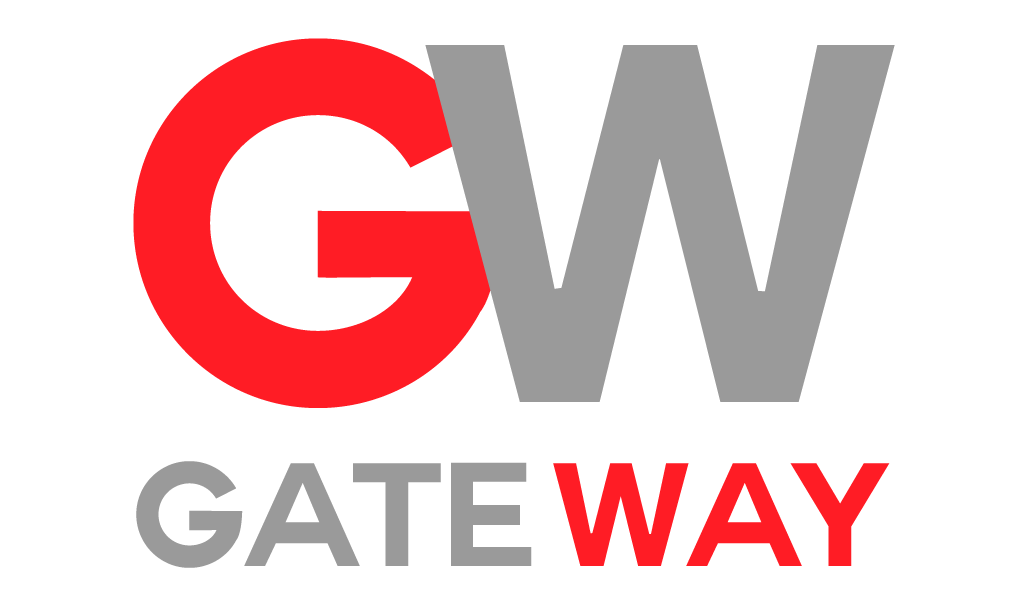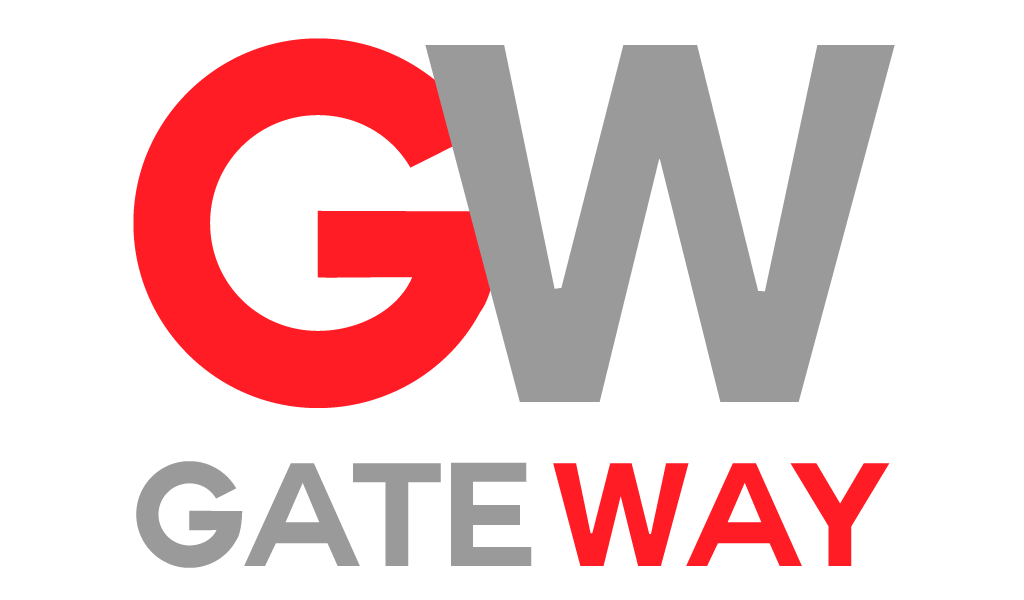
Let’s face it – nobody likes talking about recessions.
They’re the economic equivalent of that relative who shows up unannounced, raids your fridge, and overstays their welcome.
But here we are, with storm clouds gathering on the horizon as new tariffs reshape the economic landscape.
And I’ve got news for you: the businesses that survive (and even thrive) during downturns aren’t necessarily the biggest or richest – they’re the ones with teams built to bend without breaking.
The tariff domino effect no one prepared you for
While politicians debate the merits of America’s new aggressive tariff strategy, the rest of us are left wondering what this economic chess match means for our businesses. These aren’t just abstract policies – they’re potential tsunamis heading for your bottom line.
Here’s what’s brewing
As the US levies tariffs against trading partners, we’re seeing retaliatory measures that disrupt supply chains, increase costs, and create market uncertainty. This isn’t just theory – it’s happening now, with companies already feeling the pinch as margins shrink and forecasts get murkier by the day.
But I’m not here to be all doom and gloom. I’m here because there’s something you can actually control in this chaos: how your team is built to respond.
Why most teams will crumble (but yours doesn’t have to)
When economic pressure mounts, businesses typically react in three ways:
1. Panic-driven layoffs (which often cut muscle along with fat)
2. Complete paralysis (hoping it all blows over)
3. Strategic adaptation (the path less traveled)
That third option? It’s only available to organizations with teams specifically built for resilience.
The truth nobody tells you: during the 2008 recession, companies that maintained strategic flexibility saw 3x better performance than those that simply slashed costs. This isn’t about optimism – it’s about preparation.
Cross-training: Your secret weapon against economic uncertainty
Cross-training isn’t just a buzzword that HR throws around during team-building exercises. In today’s volatile market, it’s your corporate life insurance policy.
Think about it – what happens when economic pressure forces you to operate with a leaner team? If your employees operate in silos, you’re essentially driving a car with square wheels. But teams where members can seamlessly shift responsibilities? They become the economic equivalent of an all-terrain vehicle.
Take Slack, for example. During their early days facing financial constraints, they cross-trained their customer support team to assist with marketing initiatives. The result? They maintained customer satisfaction while boosting marketing reach without additional hiring. That flexibility became part of their DNA and contributed to their meteoric rise.
The uncomfortable truth: Specialized teams are efficient during growth periods but dangerously fragile during contractions. A cross-trained team might be 10-15% less efficient in optimal conditions but 40-50% more adaptable when circumstances change.
Cross-training isn’t just nice to have – it’s the difference between adapting and closing shop.
The resilience indicators you’re probably missing
Not all candidates are created equal when it comes to weathering economic storms.
Some thrive in uncertainty while others fold. The challenge? These traits don’t show up clearly on resumes or standard interviews.
Here are the behavioral indicators that separate the resilient from the rigid:
Growth Mindset Markers
People who see challenges as opportunities rather than threats show specific language patterns. They discuss failures as learning experiences and achievements as steps rather than destinations. Listen for phrases like “what I learned from that was…” rather than “that didn’t work because…”
Problem-Solving Under Constraint
The most valuable team members aren’t those who excel with unlimited resources – they’re the ones who find creative solutions when resources are scarce. During interviews, pose scenarios where constraints are significant and solutions aren’t obvious.
Johnson & Johnson famously screens for this by asking candidates to solve business problems with intentionally limited information – simulating the uncertainty of real-world decision-making under pressure.
Emotional Intelligence During Stress
Economic downturns create emotional pressure cookers. Team members with high emotional intelligence maintain perspective, support colleagues, and make rational decisions even when anxiety is high.
The stress-interview might be controversial, but companies like Bridgewater Associates have found success with carefully designed scenarios that test candidates’ emotional responses to unexpected challenges.

The resilience ROI:
Numbers That Will Make You Rethink Your Hiring
Need hard data to justify changing your approach?
Consider this:
McKinsey found that companies with the most resilient workforces saw 35% higher retention rates during economic slowdowns – saving an average of $15,000-$20,000 per preserved employee in rehiring and training costs.
Even more compelling: Research from the University of Pennsylvania showed that teams with high psychological resilience scores maintained productivity during organizational changes, while less resilient teams saw productivity drop by up to 26%.
These aren’t just statistics – they’re competitive advantages waiting to be claimed.
Building your recession-proof team: The roadmap
There is an incredible need to address workplace wellness because it’s just good for business.
Building Your Recession-Proof Team: The Roadmap
Ready to transform your team from economically vulnerable to virtually indestructible? Here’s your action plan:
- Audit your current team’s adaptability: Map who can cover which roles in an emergency. Identify dangerous single points of failure.
- Implement structured cross-training programs: Don’t wait for a crisis. Create formal systems for knowledge sharing across departments.
- Revamp your hiring process: Include scenario-based questions that assess resilience indicators. Look beyond technical skills to adaptability potential.
- Create stress-test simulations: Periodically run exercises where teams must function with limited resources or changed conditions.
- Develop resilience metrics: What gets measured gets managed. Create KPIs around team adaptability and monitor them as carefully as you do revenue.
The most successful organizations in turbulent times aren’t just hoping for the best – they’re systematically building teams designed to thrive when conditions deteriorate.
But how about we give you a head start? We use the Predictive Index behavioral assessment to help find and hire an engaged employee. Somebody who will be engaged from day one, that is so much easier than trying to turn around a person who is disengaged.
Who knows, maybe you’ll add to the mere 16% of companies that use technology to track employee engagement and integrate PI into ongoing workplace behavioral and personality assessments.
Case study: How one medium-sized business became recession-proof
Zest Technologies, a software company with about 150 employees, implemented a resilience-focused approach in 2019. When economic headwinds hit in 2020 (though for pandemic rather than tariff reasons), they were prepared.
Their strategy included mandatory quarterly skill exchanges, where team members trained each other on core functions of their roles. This created a workforce where 78% of critical functions had at least two people who could perform them competently.
When client budgets tightened, Zest didn’t need to make panic layoffs. Instead, they temporarily reassigned team members to high-demand areas, maintaining both their workforce and client satisfaction through the turbulence.
The result? While competitors contracted by an average of 23%, Zest maintained their team and emerged from the downturn in a position to capture market share from weakened competitors.

The time to prepare was yesterday, but today will do
Economic cycles are as predictable as the seasons, even if their exact timing isn’t.
The current tariff situation is just accelerating what was inevitable. The businesses that thrive through downturns are rarely the ones who respond best – they’re the ones who prepare best.
Here’s my challenge to you: Take one action this week toward building a more resilient team. Whether it’s implementing a cross-training initiative, revising your hiring criteria, or simply having a frank conversation about economic preparation with your leadership team – the time to act is now.
Because when the economic winds shift from favorable to fierce, the difference between growing and struggling won’t be luck – it’ll be whether you built a team that can not just survive the storm, but harness its energy
Key Takeaways:
- Cross-training isn’t optional luxury – it’s essential insurance against economic uncertainty
- Resilient employees exhibit specific, identifiable behavioral indicators you can screen for
- Companies with adaptable teams see demonstrably better performance during downturns
- The current tariff climate is accelerating economic risks that require immediate team preparation
Want to future-proof your organization against whatever economic challenges lie ahead? Let’s start a conversation. Drop a comment below about your biggest concern about team readiness for economic change, or share a resilience strategy that’s working for you. Your insights might be exactly what another reader needs to hear.
Need personalized guidance on building resilience into your team structure? Reach out directly – helping organizations prepare for economic uncertainty is what we do best.

Gareth Callaway
President, Gateway Staffing

